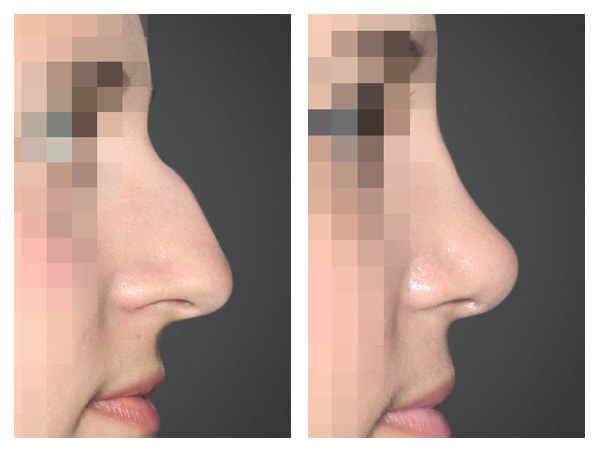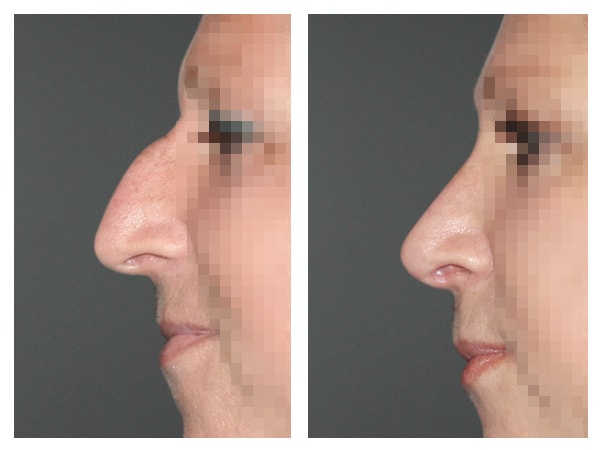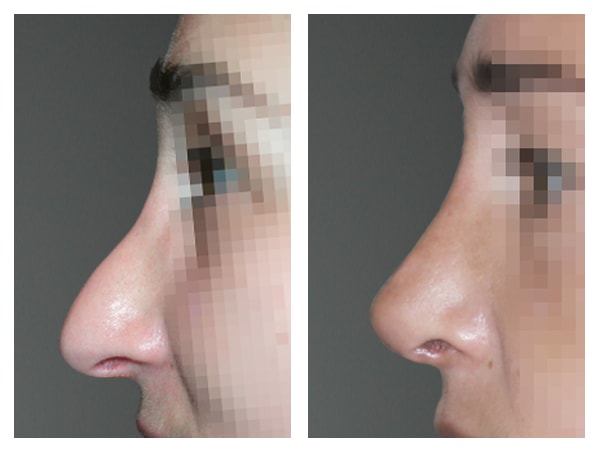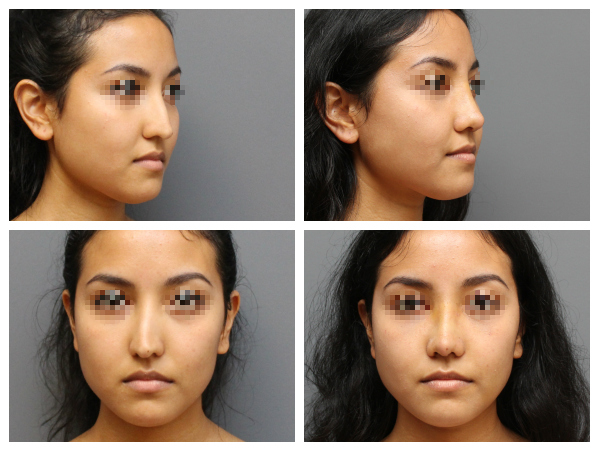Rhinoplasty
- Home
- -
- Plastic Surgery
- -
- Facial Surgery
- -
- RHINOPLASTY

RHINOPLASTY BRIEFLY
Procedure time
1 - 2 hours
Anesthesia
General
Hospital stay
1 night
Time off work
10 - 14 days
The nose plays a crucial role in defining our facial aesthetics and respiratory function. Rhinoplasty offers a dual benefit, enhancing both the nose’s appearance and addressing potential breathing issues.
Rhinoplasty is a very common surgical procedure for both men and women, typically performed under general anaesthesia with an approximate duration of 2 hours.
How painful is rhinoplasty surgery?
Post-operative pain is minimal and effectively managed with commonly available pain relievers like paracetamol.
What can you anticipate following the surgery?
Nasal packing is typically removed 2-4 days post-surgery, followed by the nasal splint’s removal after seven days. During the initial 10-14 days, there is swelling and bruising around the nose and eyelids.
While you’ll notice the new nose shape immediately after the splint’s removal, the final results become evident once swelling fully resolves, typically around 6-12 months after the procedure.
Before & after photos
RHINOPLASTY BRIEFLY
Duration of surgery
1 - 2 hours
Anesthesia
General
Stay at the clinic
1 night
Return to work
10 - 14 days




